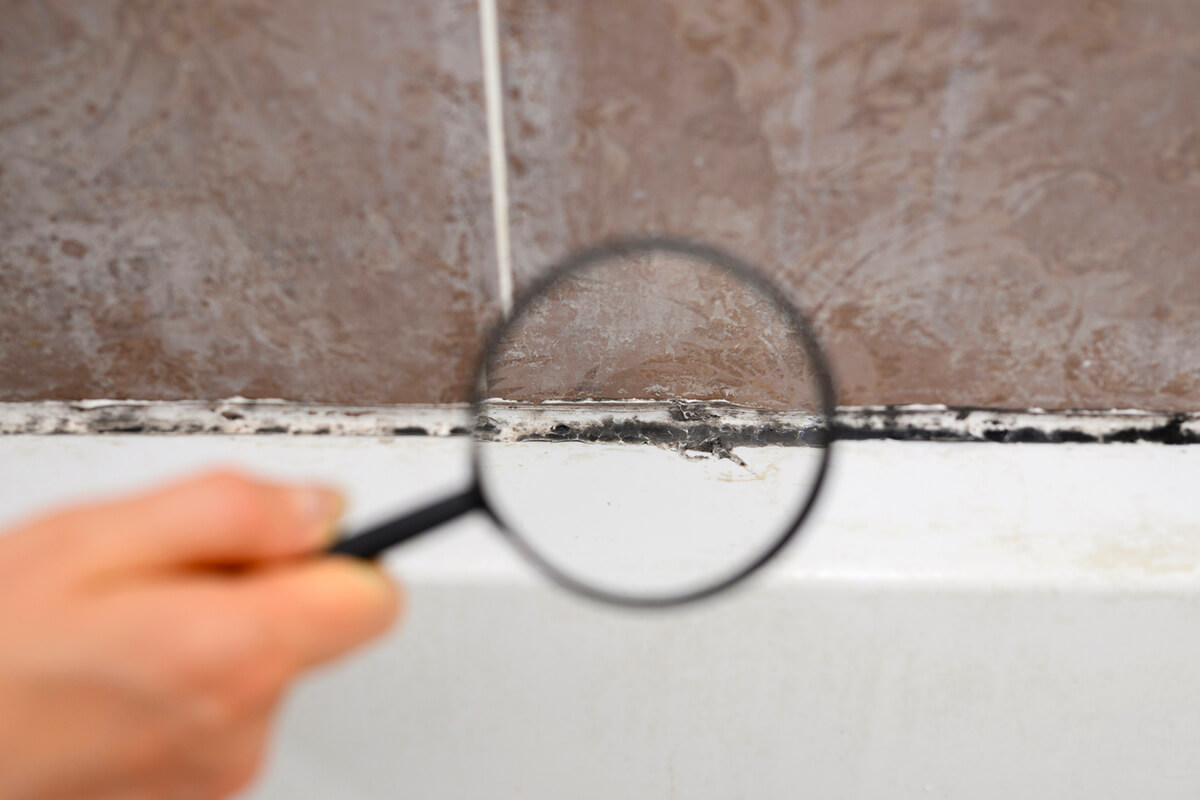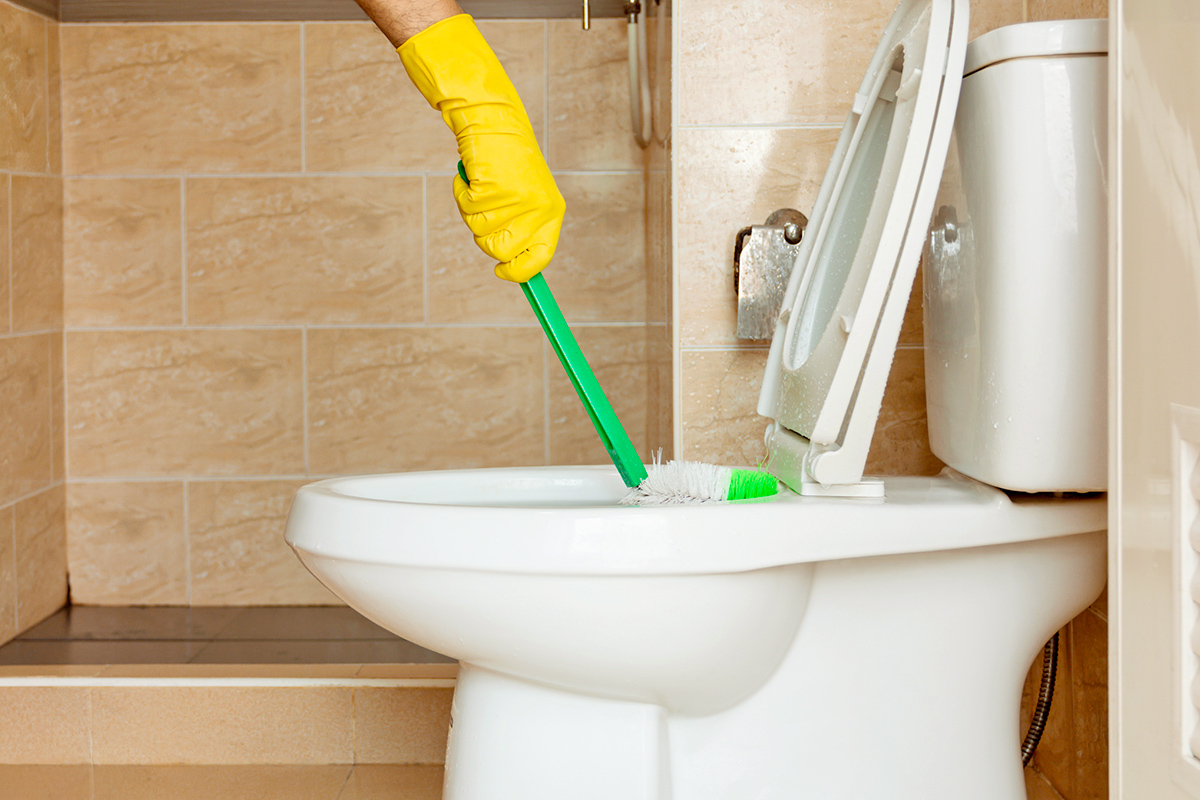We’ve all been there — spotting a task that needs to be done around the house and then choosing not to take care of it right away. You’re definitely not alone if you’ve put off household chores because you don’t have the time or energy to deal with them in the moment.
Unfortunately, skipping certain home maintenance tasks — whether they’re not urgently threatening or just jobs that need to be taken care of seasonally — can result in much bigger problems down the line. Delaying maintenance for too long can cost you more money, take up even more of your time, and cause more unnecessary frustration than handling them on schedule. Scroll on for six home maintenance tasks you can’t afford to ignore.
1. Water Leaks
Water leaks can cause significant damage to your home. Ignoring them can lead to mold growth, structural issues (including foundation problems), higher water bills, electrical hazards, and costly harm to your home and belongings.
If you notice a leak, call a plumber right away so they can determine the cause and how to repair it before it becomes a bigger issue.

2. Infestations
No one wants to live with infestations of any kind, whether it’s something small like termites or something a bit larger and a lot furrier, like rodents — both of which can cause major issues for your home and safety. The most productive way of dealing with animal intruders is to call your local pest control service. While it’s impossible to manage severe termite infestations without exterminating them, you can find pest control companies that deal with rodents and animals, including possums and raccoons, by capturing and releasing them.

More from our network
House Outlook is part of Inbox Studio, which publishes content that uplifts, informs, and inspires.
3. Cleaning Gutters
The dreaded task of cleaning gutters should be done twice a year unless there’s heavy tree cover around your home, in which case, every three months is advisable. Pine needles and small leaves can clump together, creating blockages that may cause water damage to your roof, siding, foundation, and landscaping.
The best time to tackle the gutters is usually early spring and late fall, so you can clear out debris from the previous season before heavy rains or falling leaves cause obstructions. Signs to look for when your gutters need cleaning include overflowing water, drooping gutters, plant growth inside the gutters, visible clogs, and stains on the exterior walls.

4. Tree Trimming
Attempting to trim trees yourself poses risks to your safety and the tree’s health. Instead, call a tree service company to handle it for you. Untrimmed trees can become overgrown, diseased, and dangerous. Dead or broken branches can fall, causing injuries or property damage, and overgrown trees are often messy and unsightly. In general, trees should be trimmed every two to five years, but some may require maintenance more or less frequently. The best time to get them trimmed is late winter (mid-February through early March) when the trees are still dormant.



5. Checking for Mold
You should inspect your home for mold at least once a year, or more frequently if there are risk factors. Mold risk factors include high humidity, poor ventilation, past water damage, condensation, damp basements, and faulty gutters. When checking for mold, start with the toilet. If you find mold inside the bowl or under the lid, experts say there’s a good chance you have mold growing elsewhere in the house. A nearby colony could be releasing spores that are attracted to the toilet’s consistently moist environment. If you spot mold, have your home professionally inspected immediately, especially if you’re experiencing unexplained health symptoms or allergies.

6. Changing HVAC Filters
It’s not something most people think about, but it’s important to regularly change the HVAC filter in your home. As a general rule of thumb, you should change the filter every 30 to 90 days — if you can’t remember the last time it was done, you’re probably due for a replacement.
The air filter helps maintain clean indoor air. Switching it out gives you better air quality, increased energy efficiency, and improved temperature control. It can also alleviate allergy symptoms and prevent unnecessary repairs.


















